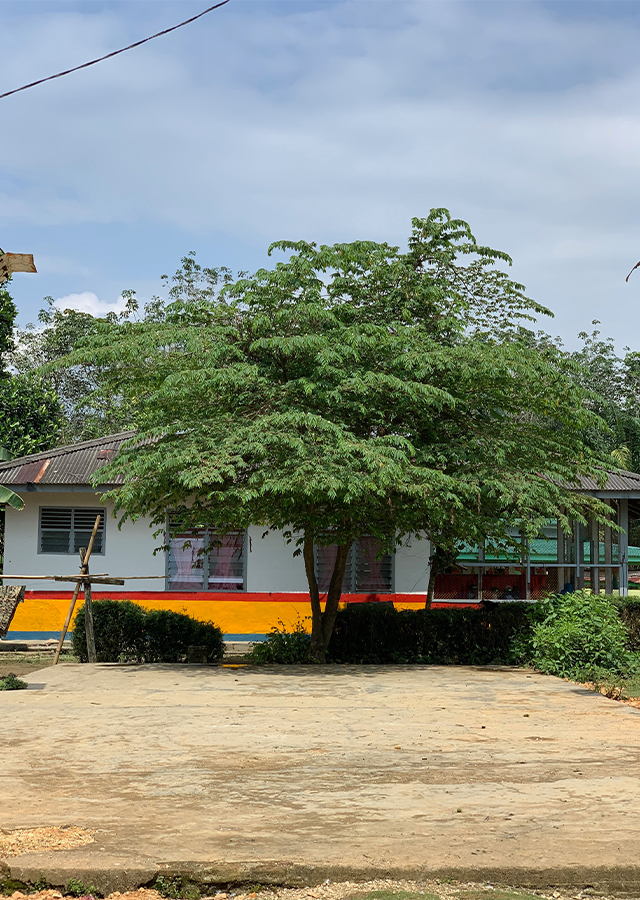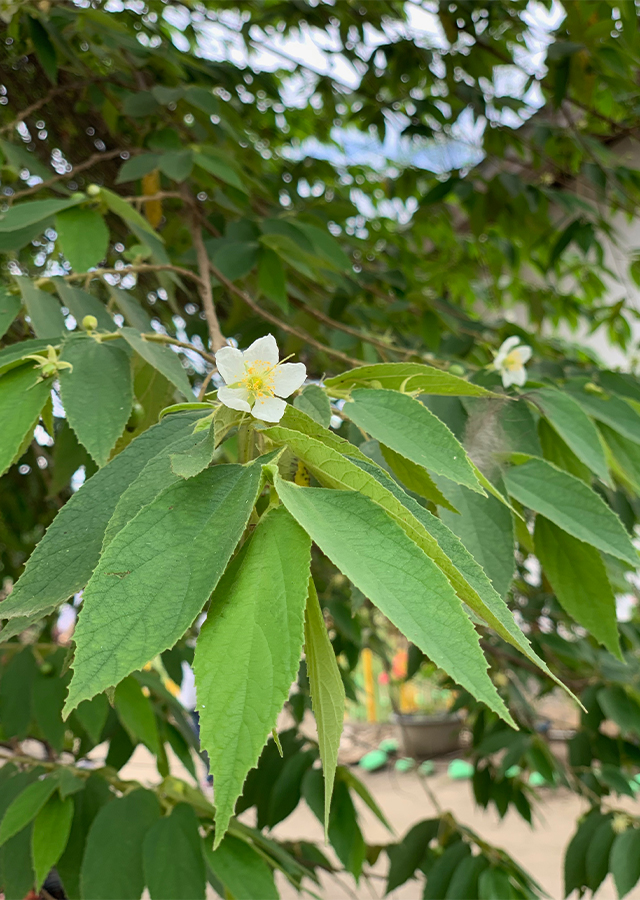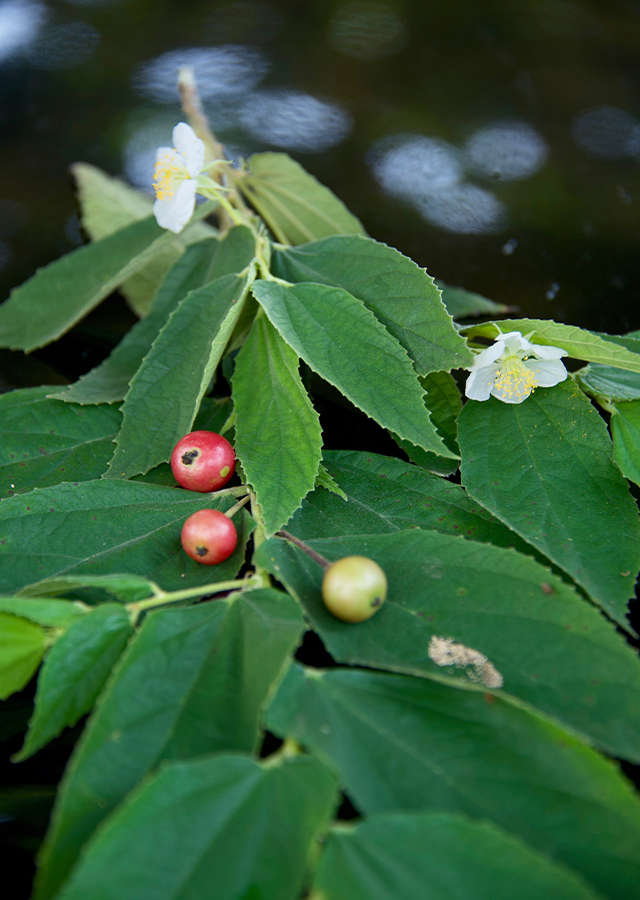Traditional Herbs from Muntingia calabura
diabetes_and_high_cholesterol
- Boil 50-100 g of cherry leaves in 1\u2113 water until it boils and half is left.
- Drink the boiled water 2 times a day.
reduce_sickness_caused_uric_acid
- Eat cherry fruit directly 3 times a day.
What is Muntingia calabura Looks like??



Parts of Muntingia calabura that could be used
- Leaves
- Bark
- Flowers
Muntingia calabura Distribution
This plant comes from tropical America (South Mexico, the Caribbean to Peru and Bolivia). Kersen were brought to the Philippines at the end of the 19th century, and spread throughout tropical Asia. This type is found in the western part of Peninsular Malaysia, Sumatra, Java and Kalimantan. This plant produces fruit that can be eaten directly and also used as raw material for processed foods such as jam. Apart from that, kersen has properties as a traditional medicine.Agroecology of Muntingia calabura
In general, cherries grow well at an altitude of 0-1,000 m above sea level, with a soil pH of 5.5-6.5, rainfall of 1,400-2,000 mm/year. Lives wild in open areas, roadsides, riverbanks, likes sandy clay textures.
Morphology of Muntingia calabura
- The branching stems are horizontal and form a shady shade.
- The leaves are ovate, serrated edges, pointed tips, alternate horizontally, light green, densely hairy under the leaves.
- The flowers have a white, oval-shaped crown, colored petals green, long stem.
- Buni fruit, round, sweet, green (young) and red (ripe), long stem.
- Small seeds, many in number, yellow.
Cultivation of Muntingia calabura
- Generative propagation (seeds).
- Seeds come from physiologically ripe fruit (red color).
Muntingia calabura, more details :
Chemical Content of Muntingia calaburaCytotoxic flavonoids (chrysin, 2′, 4′-dihydroxychalcone; galangin 3, 7-dimethyl ether; 5, 7-dihydroxy-8-methoxyflavono, flavonoid glycosides, tiliroside, buddlenoid A), chalcones, phenolics, sesquiterpenes, furanoids, saponins, tannins, steroids.
Benefits of Muntingia calabura
Has activity as an antioxidant, antitumor, antidiabetic, antibacterial, anticancer, antiseptic, treats headaches and colds, controls high blood pressure, cholesterol and uric acid.
Simplisia of Muntingia calabura
- Choose fresh cherry leaves, not too young and not damaged. Wash them thoroughly with running water.
- Chop the leaves into small pieces, then dry the leaf pieces in a dryer (oven) at a temperature of 40-50\u00b0C until they dry evenly.
- Once dry, grind the leaves into powder.
- Store in an airtight plastic bag.
Another Facts for Muntingia calabura :
Synonym of Muntingia calaburaMuntingia calabura� var.� trinitensis� Griseb., Muntingia glabra� Spreng., Muntingia rosea� H.Karst.
Habitus of Muntingia calabura
Tree. Annual tree, up to 12 m high.
Habitat of Muntingia calabura
- Forest
- Roadside
- Grassland
No comments:
Post a Comment